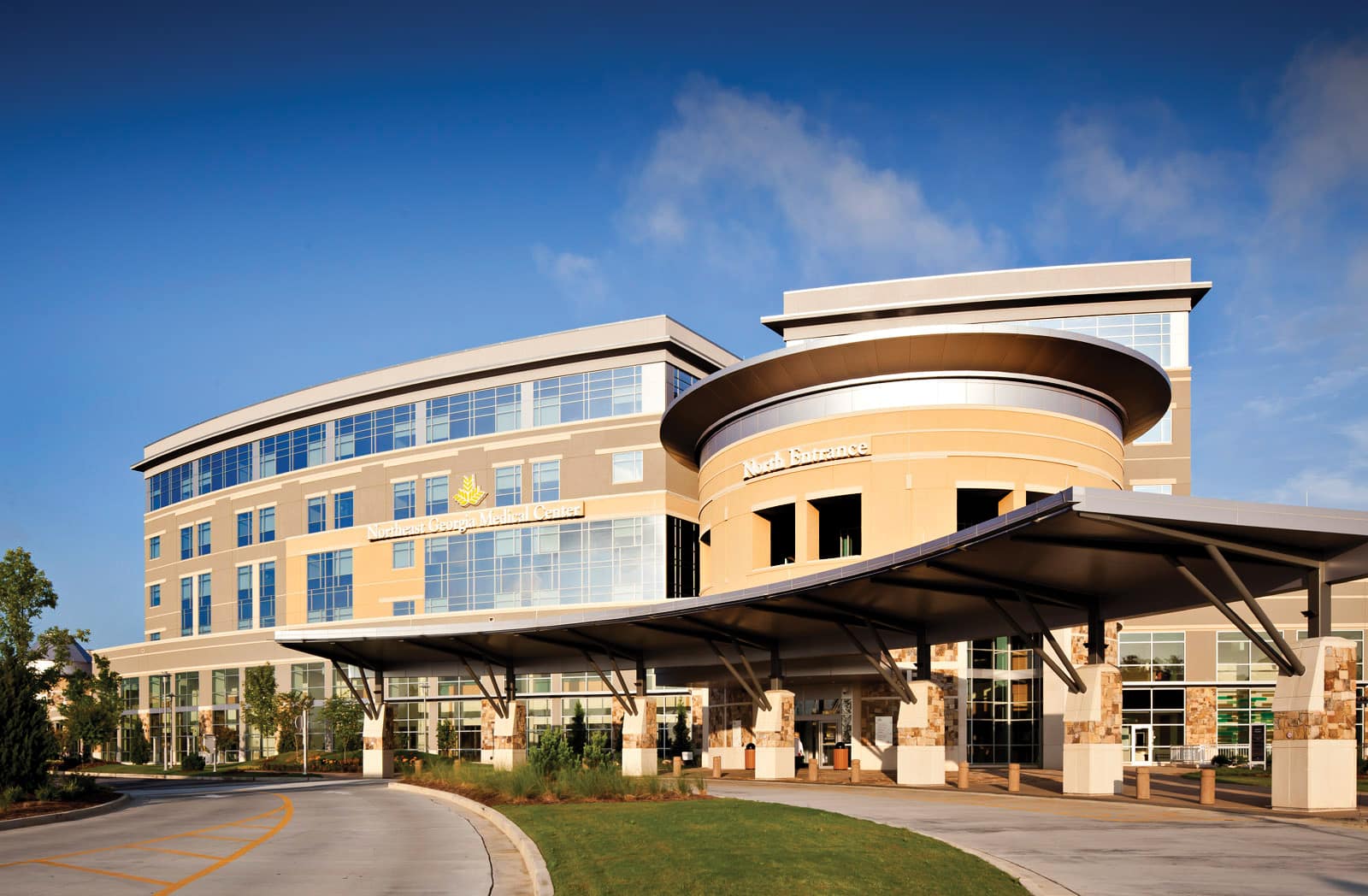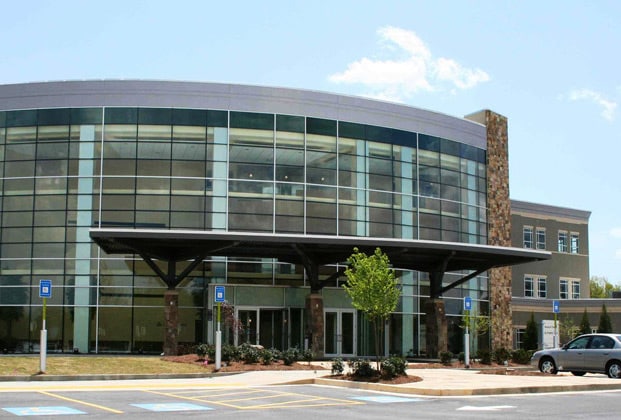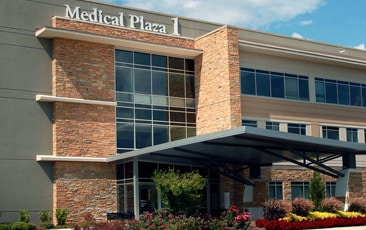The Neurophysiology department at Northeast Georgia Medical Center (NGMC) offers a broad scope of diagnostic tests that study and record the electrical activity in the brain and nervous system. At NGMC, services are provided by an integrated, collaborative department of board-certified neurologists and experienced technicians who specialize in administering and interpreting diagnostic tests for a wide range of neurological disorders like Seizure, Epilepsy, seizure like events, encephalopathy, coma, Brain Death and Neuromuscular disorders.
We offer diagnostic services for both inpatients and outpatients and all are provided through the most advanced, state-of-the-art neurodiagnostic equipment.
Our Services
Nerve Conduction Studies (NCS)/Electromyography (EMG) – EMG is a diagnostic procedure used to assess and test the electrical activity of peripheral muscles and nerves. During the study small electrodes are placed directly into the muscle using tiny needles and/or on the body’s surface to measure the speed and strength of the muscles’ signals. These signal responses aide the physician in identifying and diagnosing abnormal electrical activity. Common conditions diagnosed using EMG include neuropathy, myopathy, carpal tunnel syndrome, and sciatica.
What is a Nerve Conduction Study?
Electroencephalography (EEG) – EEG measures on-going electrical activity in the brain through electrodes placed on the scalp. Brain activity is usually measured over a 25-30 minute time period. EEGs are used to assist in the diagnosis of epilepsy and a variety of other neurological conditions, including unexplained focal neurological symptoms, prolonged coma and rapidly progressive dementia.
What is an EEG (Electroencephalogram)?
Continuous Electroencephalography (cEEG) – Also referred to as long-term EEG video monitoring (LTM), cEEG is similar to a routine EEG but instead of a short sample of brain activity, cEEG is designed to measure and trend brain activity and seizure spikes over a 24-72 hour period while simultaneously recording the patient. Continuous EEG monitoring is often used in critical care environments to identify subtle, non-convulsive seizures or diagnose events that resemble seizures.
What is Continuous/Long Term Video EEG Monitoring?
Ambulatory EEG (AEEG) – (Outsourced Currently) Similar to a routine EEG, AEEG is designed to capture a longer recording of brain activity that includes prolonged periods when a patient is both awake and asleep. This type of study increases the chance of capturing intermittent abnormalities and records brainwaves of someone who is walking around, freely mobile and not confined to a testing room. Initial set-up and placement takes about one hour and is completed in the Neurophysiology Lab. Then the patient is able to leave and carry on a normal daily routine. Total recording time generally ranges between 24 and 72 hours.
Intraoperative Neuromonitoring (IONM) – Intraoperative neuromonitoring (IONM) protects patients by continuously monitoring the central nervous system (the brain, spinal cord and nerves) when it is at risk during surgery. Depending on the procedure, a variety of tests can be used to measure the nervous system function. A highly trained technologist, under the supervision of a qualified professional, constantly monitors the data from the tests in real time. If there are any changes or potential problems, our clinician can immediately alert the surgeon and corrective measures can be taken.
What is Intraoperative Neuromonitoring (IONM)?





